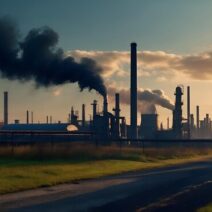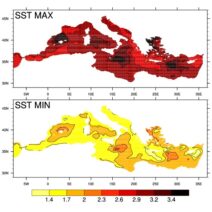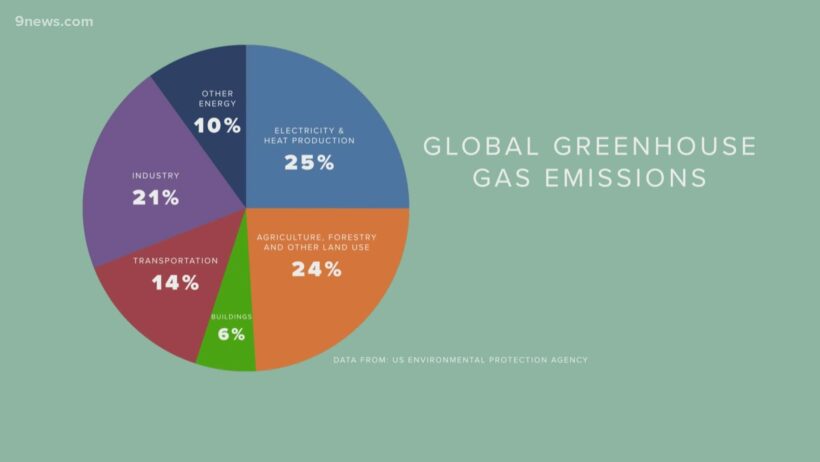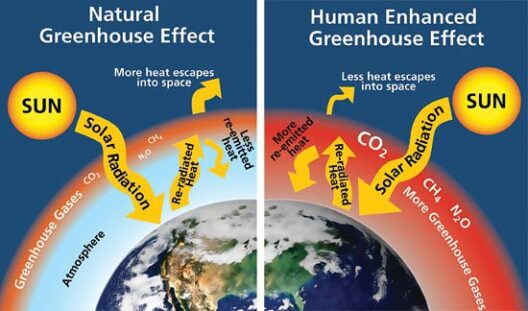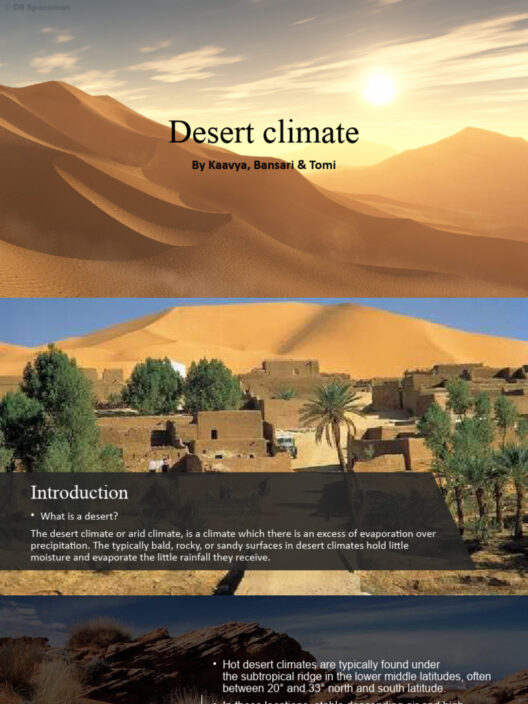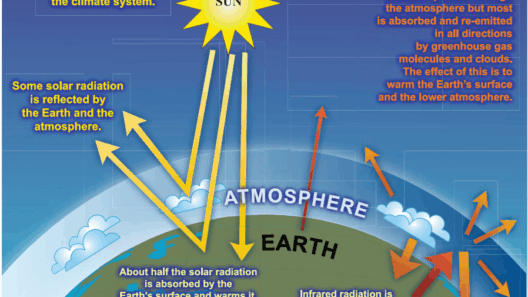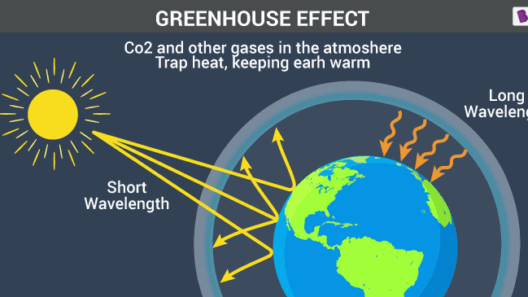In a world increasingly grappling with the dire consequences of climate change, understanding the greenhouse effect is pivotal. This phenomenon, despite being a cornerstone of modern environmental science, remains cloaked in complexity. At its essence, the greenhouse effect is a natural process whereby certain gases in Earth’s atmosphere trap heat, preventing it from escaping back into space. However, the delicate balance of this system is under threat due to anthropogenic influences and natural processes alike.
To fully appreciate the urgency of the situation, we must dissect the components contributing to the greenhouse effect. These include both the natural elements that maintain Earth’s warmth and the accelerated contributions resulting from human activities that exacerbate global warming.
The Natural Players: Unveiling Earth’s Climate Guardians
Earth’s atmosphere is composed of a mixture of gases, including nitrogen, oxygen, and, crucially, greenhouse gases (GHGs) such as carbon dioxide (CO2), methane (CH4), and nitrous oxide (N2O). These gases are integral to the life-sustaining processes on our planet. They act like a thermal blanket, absorbing heat from the sun and retaining it, thus allowing for a temperate climate.
Carbon dioxide, the most predominant greenhouse gas, is naturally emitted through various processes: respiration, decomposition, and volcanic eruptions. Methane, despite being less abundant, is significantly more potent in its heat-trapping abilities, capable of capturing heat 25 times more effectively than CO2 over a 100-year period. The primary sources of methane include wetlands, termites, and the digestive systems of livestock. Lastly, nitrous oxide emissions predominantly arise from soil management practices and biomass burning, showcasing the intricate balance of life and Earth’s ecosystems.
Yet, while these natural contributions play a critical role in maintaining Earth’s climatic stability, they pale in comparison to the staggering volumes of GHGs introduced by human activities.
Human Influence: The Relentless Anthropogenic Impact
The Industrial Revolution heralded a new era in human history, characterized by rapid advancements in technology and an insatiable thirst for fossil fuels. This transition unleashed a torrent of emissions that have significantly altered the atmospheric composition. The combustion of coal, oil, and natural gas for energy, transportation, and industrial processes is a primary driver of the increased levels of carbon dioxide in the atmosphere. Today, human activity accounts for more than 75% of the carbon dioxide emissions, essentially overwhelming the natural processes that are meant to regulate atmospheric balance.
Beyond carbon dioxide, industrial agriculture is a major contributor to greenhouse gas emissions. The use of synthetic fertilizers releases nitrous oxide, and intensive livestock farming produces substantial amounts of methane. These practices, while essential to feeding our global population, simultaneously compromise the very atmosphere that sustains us.
Moreover, deforestation poses a double threat by not only releasing carbon stored in trees but also diminishing the planet’s natural carbon sinks. Forests, which play an integral role in absorbing CO2, are being depleted for urban development and agricultural expansion, further exacerbating the greenhouse effect.
The Interplay of Natural and Anthropogenic Factors: A Complex Tapestry
Understanding the greenhouse effect involves recognizing the intricate interplay between natural systems and human interventions. Natural phenomena such as volcanic eruptions, which can spew vast quantities of CO2 and ash into the atmosphere, temporarily disrupt climatic patterns. Additionally, climate variability driven by natural elements like ocean currents and solar radiation can affect atmospheric conditions. However, these natural processes operate on a geological timescale, whereas human influences are instantaneous in their impact.
It is crucial to acknowledge that while natural contributions are essential, the anthropogenic influence presents an unprecedented challenge. The combination of industrial emissions, agricultural practices, and land use changes is magnifying the greenhouse effect, resulting in global temperatures that have risen dramatically over the past century.
As we stand at the precipice of climate crisis, the ramifications of increased greenhouse gases are becoming increasingly tangible. Rising temperatures contribute to extreme weather events, melting ice caps, and shifting ecosystems. The time has come to address these challenges not only with urgency but with informed understanding.
Collectively, society must harness the knowledge of both the natural world’s functions and the human impact on climate. Effective policies and innovative technologies can mitigate the human influence on climate change. Exploring renewable energy sources, reforestation initiatives, and sustainable agricultural practices are crucial steps toward restoring balance.
In conclusion, the greenhouse effect is a multifaceted phenomenon shaped by both natural and human factors. By comprehensively understanding these contributions, society can embark on a path toward sustainable practices that honor the delicate tapestry of life on Earth. Therefore, elucidation of the greenhouse effect serves as an urgent call to action, urging individuals, communities, and nations to engage in a concerted effort to combat global warming and secure a viable future for generations to come.
